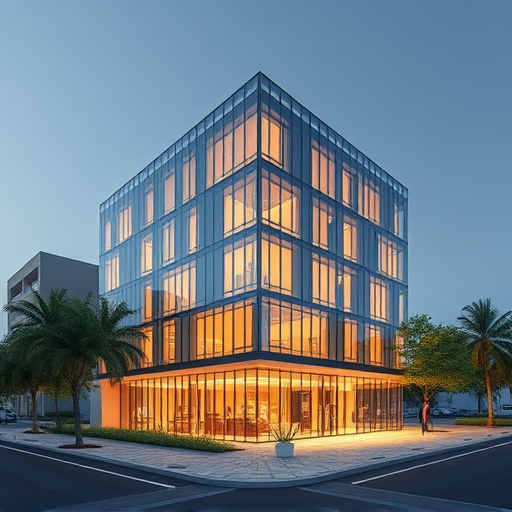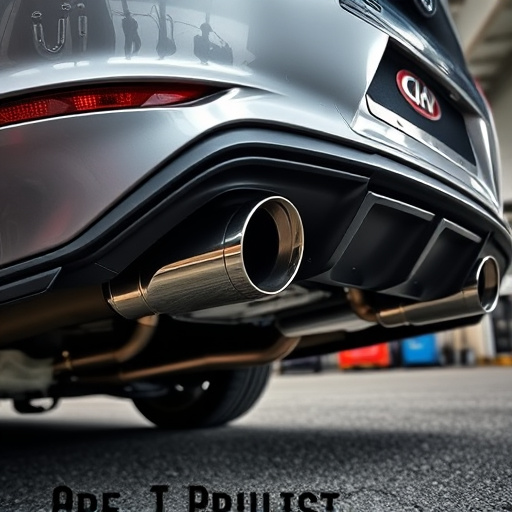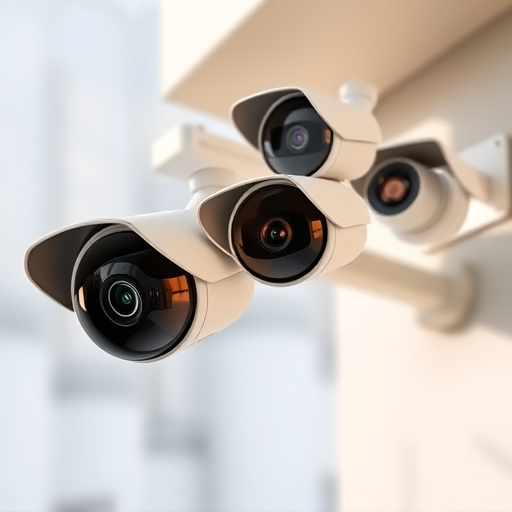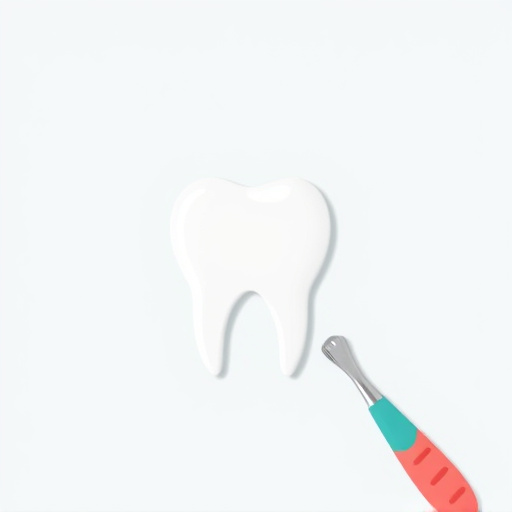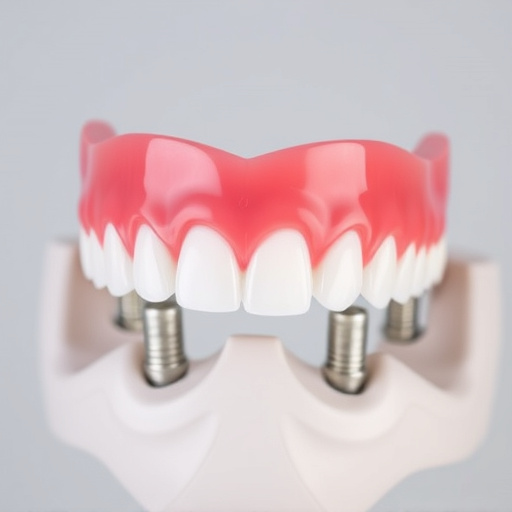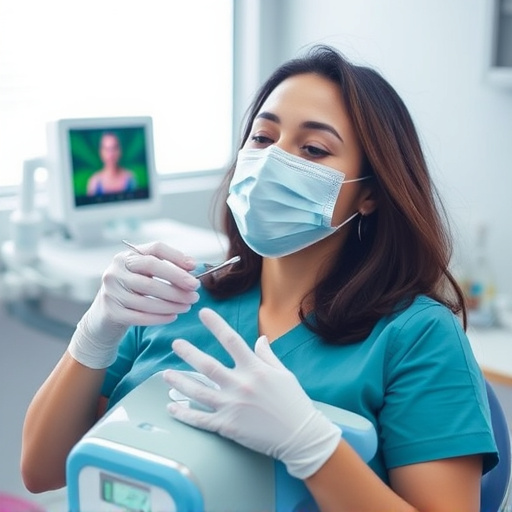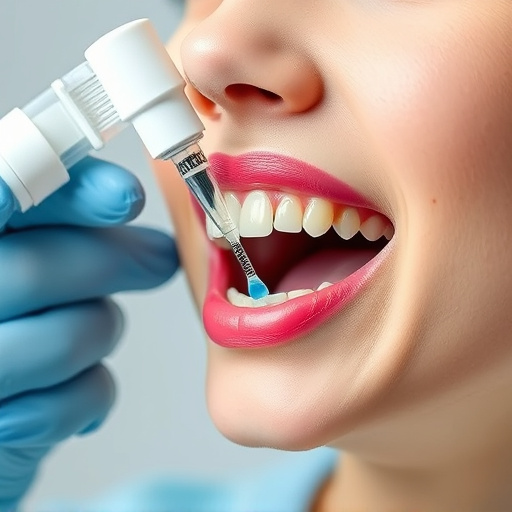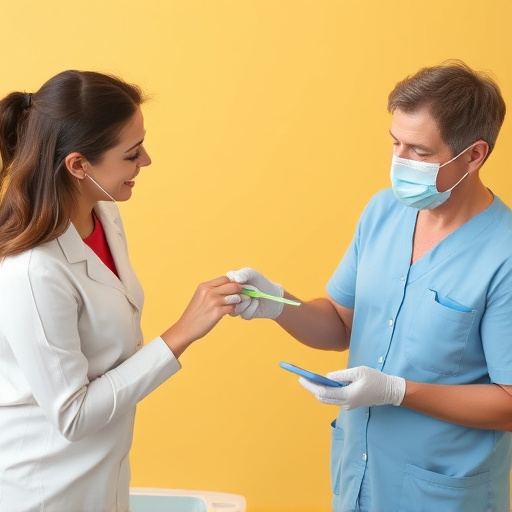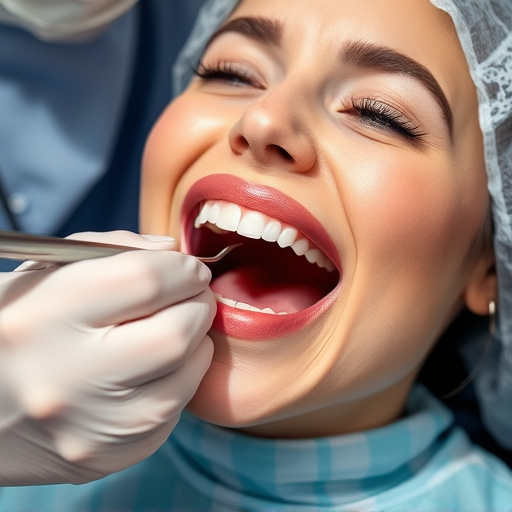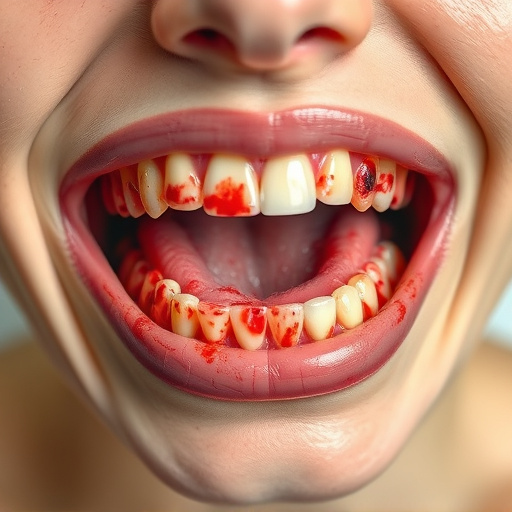Underserved communities face significant challenges in accessing quality dental care, leading to a pressing need for urgent dental care options. Innovative solutions like mobile clinics and pop-up dental centers bring essential services directly to patients, ensuring timely treatment regardless of location or socio-economic status. Emergency dental outreach programs have made notable progress by providing free or low-cost services, and technological advancements like teledentistry aim to expand their reach further. School-based clinics and community health centers can serve as regular screening hubs, while integrating cosmetic dentistry could enhance appeal and encourage more people to access critical oral healthcare.
In many underserved communities, access to urgent dental care remains a pressing challenge. However, innovative initiatives are transforming this landscape. This article explores the growing need for immediate dental services in these areas and highlights cutting-edge strategies to enhance accessibility. We delve into the impact of emergency dental outreach programs, offering hope for improved oral health outcomes. By examining these efforts, we illuminate promising prospects for the future of urgent dental care.
- The Growing Need for Urgent Dental Services in Underserved Communities
- Innovative Approaches to Expanding Access to Dental Care
- Impact and Future Prospects of Emergency Dental Outreach Programs
The Growing Need for Urgent Dental Services in Underserved Communities
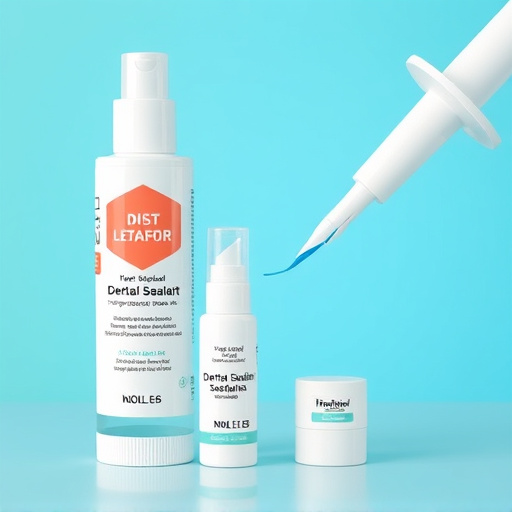
In many underserved communities, access to quality dental care has long been a significant challenge. This gap in oral health services has led to a growing need for urgent dental care options. The lack of readily available dental practitioners and specialized treatments leaves residents with limited choices when dealing with dental emergencies, such as severe toothaches, abscesses, or traumatic injuries. As these issues often go untreated due to the absence of immediate care, they can escalate, resulting in more complex and costly procedures.
The demand for urgent dental services is further exacerbated by the prevalent lack of preventive dentistry practices. Regular teeth cleaning and check-ups are essential for maintaining good oral health, yet many individuals in underserved areas struggle to access these basic services. This situation contributes to a higher prevalence of tooth decay, periodontal diseases, and other oral health issues that require more intensive and urgent interventions. Expanding urgent dental care options in these communities is crucial to address this growing need and improve overall oral health outcomes.
Innovative Approaches to Expanding Access to Dental Care
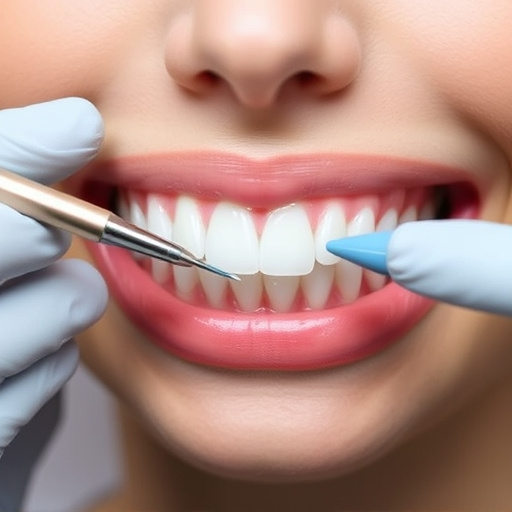
In response to the growing demand for accessible and immediate dental care, innovative approaches are transforming the landscape of underserved communities. Traditional models of family dentistry often struggle to reach remote or low-income areas, where residents frequently face barriers such as limited transportation, financial constraints, and a shortage of nearby dental practices. To address these challenges, urgent dental care services have emerged as a game-changer. These mobile clinics and pop-up dental centers bring essential tooth repair and emergency dental care directly to underserved populations, ensuring that everyone, regardless of their location or socio-economic status, can access timely treatment.
By employing technology and collaborative efforts, these innovative practices overcome geographical obstacles. Telemedicine enables remote consultations and diagnoses, while partnerships with local community organizations facilitate patient outreach and education. Such approaches not only expand access to urgent dental care but also foster a culture of oral health awareness, encouraging preventive measures and proactive dentistry among underserved folks.
Impact and Future Prospects of Emergency Dental Outreach Programs
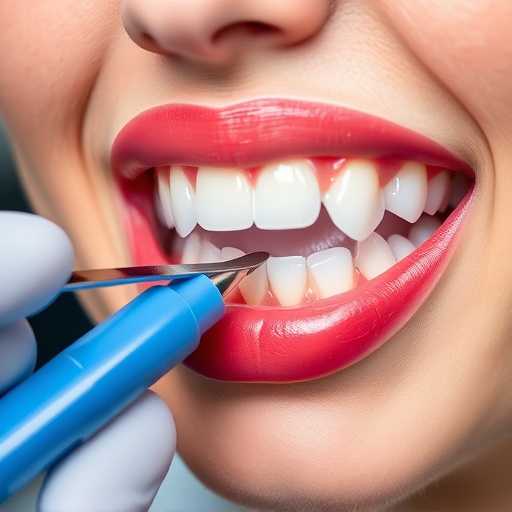
Emergency dental outreach programs have made significant strides in addressing the urgent dental care needs of underserved communities. These initiatives bring essential services directly to individuals who lack access to traditional dental facilities, often due to geographical barriers or financial constraints. By offering free or low-cost routine oral exams, emergency treatment, and basic general dentistry procedures, these programs are transforming lives and promoting better oral health.
Looking ahead, the future of emergency dental outreach holds promise with technological advancements and increased community partnerships. Teledentistry, for instance, can extend dental care to remote areas, while school-based clinics and community health centers can serve as hubs for regular dental screenings and preventive care. The integration of cosmetic dentistry services within these programs could further enhance their appeal and encourage more people to access the critical oral healthcare they deserve.
The expansion of urgent dental care options in underserved areas is a significant step towards ensuring equitable access to essential dental services. By implementing innovative approaches and emergency outreach programs, communities are better equipped to address the growing need for immediate dental care. These initiatives not only improve oral health outcomes but also foster overall well-being, particularly among vulnerable populations. As these programs continue to evolve and gain traction, the future looks brighter for providing timely, quality urgent dental care to all, regardless of their geographic location or socioeconomic status.
